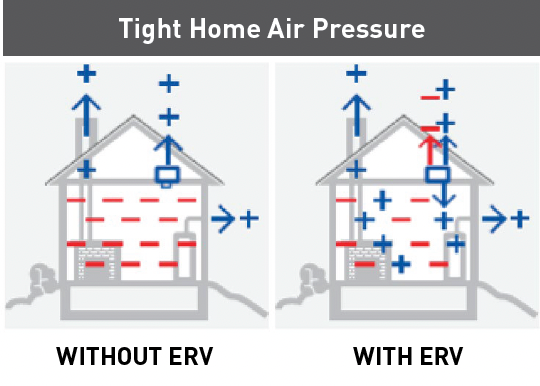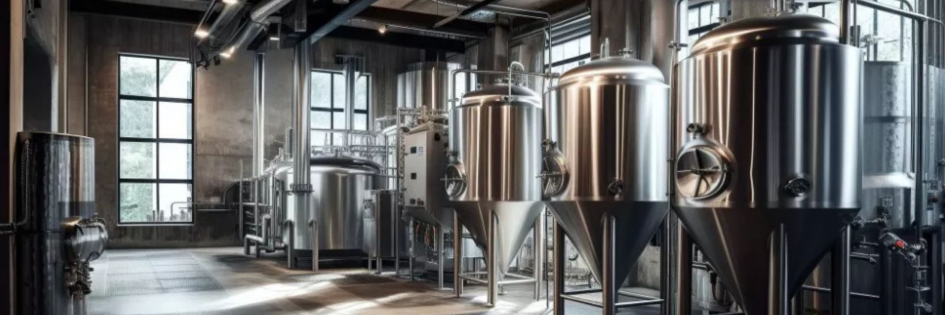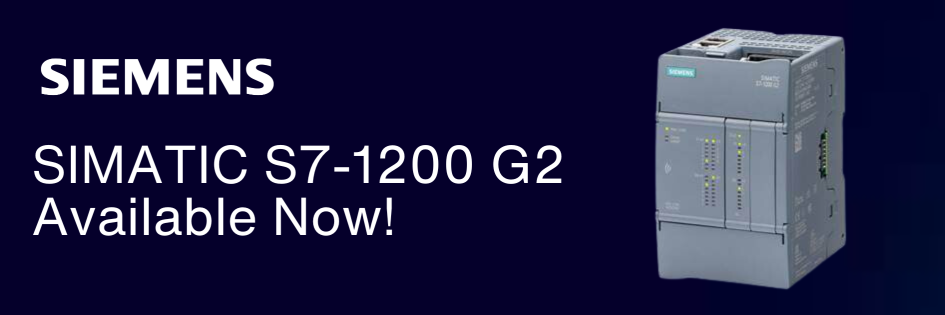How Does an Energy Recovery Ventilator Improve Air Quality?

In today’s world, maintaining excellent indoor air quality is more important than ever. An energy recovery ventilator (ERV) can be a game-changer for your home or office environment. By efficiently exchanging stale indoor air with fresh outdoor air while recovering energy from the exhaust air, ERVs not only improve air quality but also enhance energy efficiency.
Whether you’re involved in HVAC, plumbing, mechanical, or electrical systems, understanding the benefits of ERVs can help you optimize the performance and sustainability of your projects. Discover how an ERV can transform your living or working space, providing cleaner air and reducing energy costs simultaneously.
How ERVs work
An ERV is a mechanical ventilation system designed to enhance indoor air quality while maintaining energy from the outgoing air. Here is how it works:
- Fresh Air Introduction: ERV system introduces fresh outdoor air into the building and expels stale indoor air
- Energy Transfer: As the indoor air exits the ERV, it transfers its heat or cooling energy to the incoming outdoor air, helping to pre-conditioning it.
- Moisture Exchange: The ERV incorporates a moisture-transfer element that exchanges moisture between the incoming and outgoing air streams, helping maintain comfortable humidity levels inside

Why should you install an ERV system?
Did you know that we spend approximately 90% of our time indoors? The quality of our indoor environment—whether at home, work, or other spaces—has a crucial impact on our overall health.
Installing ERV has several benefits such as:
- Improved Air Quality: By constantly exchanging stale indoor air with fresh outdoor air, ERVs significantly improve indoor air quality, reducing pollutants, allergens, and odors.
- Energy Efficiency: ERVs recover energy from the exhaust air, making the process of bringing fresh air into the building more energy-efficient. This leads to substantial energy savings over time.
- Cost Savings: Improved energy efficiency translates to lower utility bills. Additionally, maintaining proper humidity levels can protect building materials and furnishings, reducing repair and replacement costs.
How ERVs Enhance HVAC Systems
ERVs are often integrated into HVAC systems to optimize performance and energy efficiency. By exchanging stale indoor air with fresh outdoor air and transferring thermal energy between the two, ERVs help pre-condition the incoming air. This process reduces the heating and cooling load on the HVAC system, leading to lower energy consumption and more stable indoor temperatures. By easing the burden on HVAC units, ERVs contribute to extended equipment lifespan and reduced maintenance needs.
Incorporating an ERV into your HVAC system can result in a more balanced and comfortable indoor environment. During the winter, an ERV can help recover heat from the outgoing air, pre-warming the incoming cold air and reducing the need for additional heating. In the summer, an ERV can expel warm indoor air while bringing in cooler outdoor air, decreasing the cooling demand on your air conditioning system.
Improve Air Quality with Panasonic
Intelli-Balance 100 Energy Recovery Ventilator

Key Features:
- Designed for multi-family dwellings and new homes
- Engineered for use in any North America Climate Zone
- 2 DC motors with Smart Flow technology
- Multi-speed selector provides customizable airflow to create balanced, positive or negative pressure within the home
- Built-in ASHRAE 62.2 timing function








